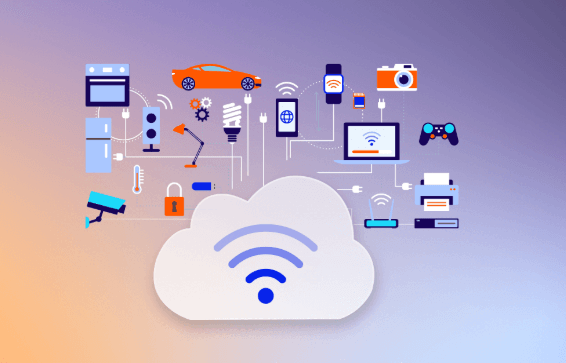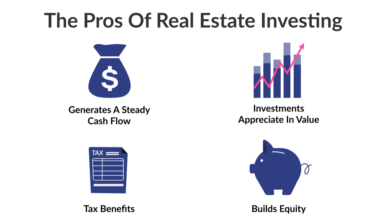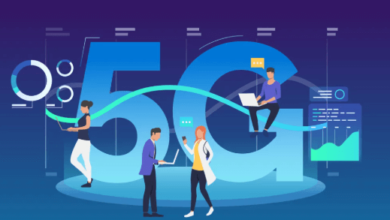The Internet of Things (IoT) in 2025: Smarter Homes, Cities, and Industries

In 2025, the Internet of Things (IoT) will revolutionize how we interact with technology, offering unprecedented convenience, efficiency, and connectivity. IoT will shape smarter homes, transform cities, and optimize industries on a global scale. This article explores IoT’s potential and challenges as we approach this exciting future.
Understanding the IoT Revolution
What is IoT?
The Internet of Things refers to a network of interconnected devices capable of collecting, sharing, and analyzing data. These devices, embedded with sensors and software, range from smart thermostats in homes to industrial machinery.
History and Evolution of IoT
IoT began as a concept in the early 2000s, but its growth accelerated with advancements in wireless communication and cloud computing. By 2025, IoT is projected to have over 75 billion connected devices, deeply integrated into daily life.
The Role of IoT in Digital Transformation
IoT is a cornerstone of digital transformation, enabling real-time decision-making, automation, and predictive analytics across various sectors.
IoT in 2025: Key Trends
- Explosive Growth of Devices: The number of IoT devices is increasing exponentially, fostering seamless connectivity in homes, businesses, and public spaces.
- Technological Advances: Edge computing, 5G networks, and AI-driven analytics are enhancing IoT’s performance.
- Data Privacy and Security Concerns: As IoT expands, ensuring the security of personal and enterprise data is a critical focus.
Smarter Homes with IoT
IoT is redefining home automation, making life more comfortable and efficient.
Smart Home Devices and Their Benefits
From voice-controlled assistants like Alexa to automated lighting and security systems, smart homes offer:
- Convenience: Remote control of home systems.
- Cost Savings: Energy-efficient appliances reduce utility bills.
- Enhanced Security: Real-time alerts and surveillance.
Popular IoT-Powered Home Systems
Brands like Google Nest, Ring, and Samsung SmartThings dominate the market, providing integrated solutions for lighting, security, and entertainment.
Challenges in Smart Home Adoption
Despite its advantages, smart home technology faces challenges, such as high upfront costs and interoperability issues between devices.
IoT Devices in Everyday Life
- Smart Thermostats and Lighting: Adjust settings via apps or voice commands for optimal energy use.
- IoT Kitchen Appliances: Fridges that suggest recipes based on contents or ovens preheating remotely.
- Home Security Advancements: AI-powered cameras detect unusual activity, offering peace of mind.
IoT in Smarter Cities
IoT is transforming urban living, making cities more efficient and sustainable.
Transforming Urban Living
IoT enables smarter infrastructure, integrating systems to improve resource management and public safety.
IoT-Driven Traffic Management
IoT sensors optimize traffic flow, reducing congestion and fuel consumption. Real-time data helps drivers avoid delays.
Waste Management and Environmental Monitoring
Smart waste bins notify collection services when full, while IoT monitors air quality, helping cities combat pollution.
Industrial IoT (IIoT) in 2025
Industrial IoT, or IIoT, applies IoT technology to improve productivity and efficiency in industries like manufacturing, agriculture, and healthcare.
Manufacturing and Automation
IoT powers predictive maintenance, preventing equipment failures and downtime. Robotics and real-time monitoring enhance efficiency on factory floors.
Agriculture and Food Supply
IoT-driven precision farming optimizes water usage, monitors soil health, and increases crop yields. In the food supply chain, IoT improves transparency and reduces waste.
Healthcare and IoT
- Patient Monitoring: Wearable devices track health metrics in real time.
- Smart Medical Devices: IoT-enabled devices improve diagnostics and treatment.
- Telemedicine: IoT supports remote consultations, expanding access to healthcare.
Challenges and Risks of IoT Expansion
- Security Vulnerabilities: IoT devices can be targets for cyberattacks.
- Data Overload: Managing and analyzing vast amounts of IoT-generated data is complex.
- Interoperability Issues: Lack of standardization among devices limits integration.
The Future of IoT Beyond 2025
IoT’s future will be shaped by AI, machine learning, and advancements in edge computing. These technologies will enable devices to make smarter decisions independently, further blurring the line between physical and digital worlds. Ethical considerations, like ensuring privacy and preventing misuse, will play a crucial role in its development.
FAQs About IoT in 2025
1. What is IoT’s biggest benefit in 2025?
Its ability to enhance efficiency and convenience in homes, cities, and industries.
2. How secure is IoT technology?
Security is improving, but vulnerabilities remain. Strong encryption and regular updates are essential.
3. What industries benefit most from IoT?
Healthcare, manufacturing, agriculture, and urban development are leading beneficiaries.
4. How does IoT affect energy consumption?
IoT optimizes energy use through smart grids, appliances, and renewable energy integration.
5. What role does AI play in IoT?
AI enables IoT devices to analyze data and make decisions, enhancing their functionality.
6. Will IoT continue to grow?
Yes, IoT is expected to expand significantly, integrating into more aspects of life.
Conclusion
The Internet of Things in 2025 is a game-changer, driving smarter homes, cities, and industries. As IoT continues to evolve, its potential to enhance convenience, efficiency, and sustainability is limitless. Embrace this technology today to stay ahead in the connected world of tomorrow.



